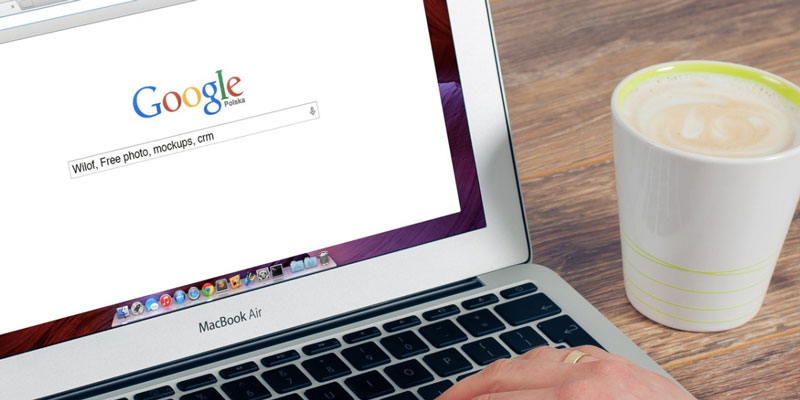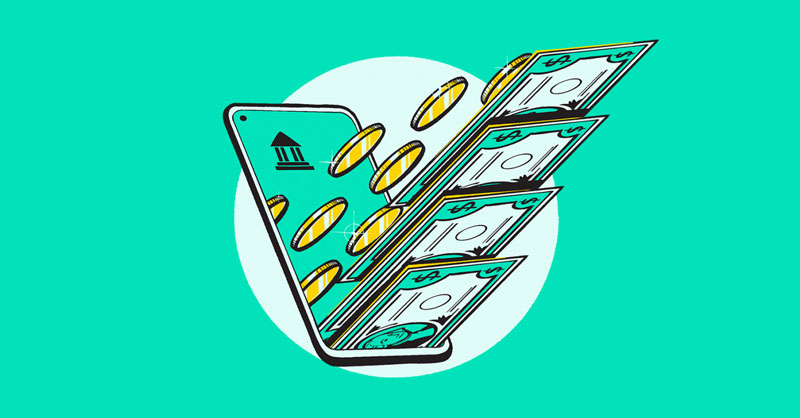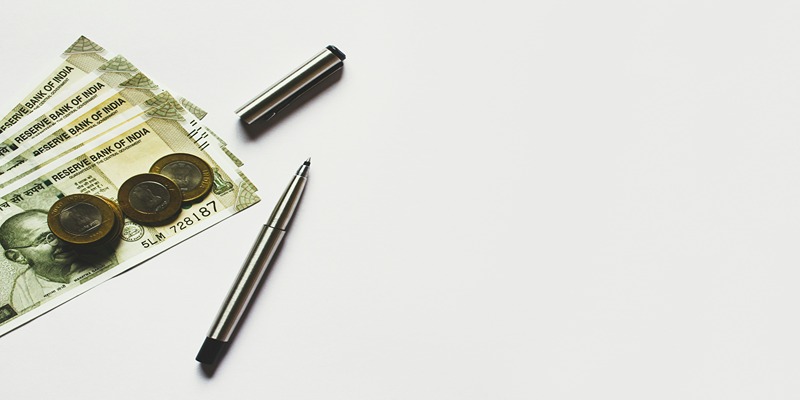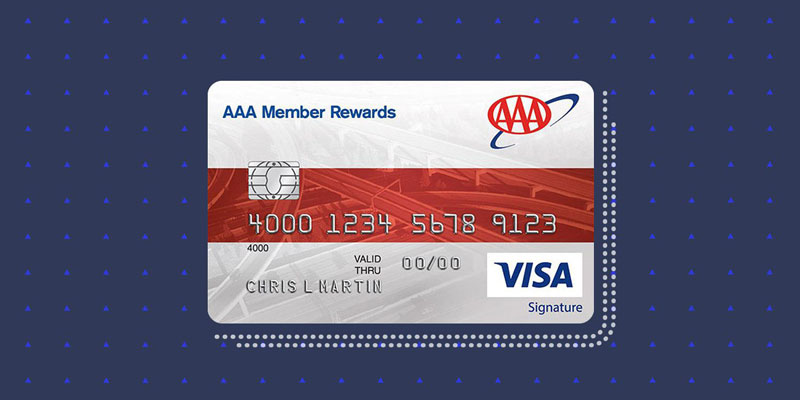Payment can be made through a certain bank using a process known as payments made. These securities can be used to pay invoices by drawing money directly from the firm's financial institution that issued them. Insurance providers often settle disputes through the utilization of a method known as payable-by-draft.
The identity of the financial institution is printed on the front of the draft cheque payments. However, the bank checks neither signing nor the recommendation; instead, the reviews of the task fall under the purview of the entity that issues the check. Moreover, Stock drafts issued by credit unions are another type of accounts receivable transaction.
Mechanism Behind Payable-Through-Draft (PTD)

When it comes to how payable-through-draft works, we must realize there are different types of payable drafts available, and each has its own guidelines for how monies must be moved. Current liabilities allow the exchange of payments on behalf of an institution in predetermined and strictly regulated circumstances.
This kind of compensation may be utilized by a firm that requires offering payment for services or merchandise to personnel located in far-flung areas but working for the company. During this procedure stage, the firm will get a Payable-Through-Draft (PTD) notification from the bank that services it. The examination and approval of the draft by the firm will be sent again to the bank, which will then begin the funds' transfer. After that, the worker is free to retrieve the money from the authorized bank on their own.
When a draft is made, money is instantly taken out of the financing account and put into the draft's designated account. When a document is a payable-through, it specifies a bank as the beneficiary of the funds. This bank is the central depository for the cash required to pay a bill or fulfill an agreement. Drafts can also be made payable, which requires the bearer to deliver the specified instrument for settlement at the specified bank.
It is possible to employ a PTD method for the financial windfall of contracts, swaps, and other investments. These dealings frequently occur at a geographical distance from the persons involved and typically involve significant amounts of cash. Drafts assure that sufficient funds are accessible.
Disposable Drafts vs. Cheques
There are a few key distinctions to keep in mind regarding the appearance and operation of a draft vs. a check. The template is legally binding (in the format of a written document), which provides an additional layer of protection for the transmission of payments between businesses or traders.
Drafts will be made on behalf of businesses by financial institutions like banks. A digital signature will be attached to it and will operate based on a genuine score or money held in an institution. A draft is instant and will deduct money from the fund, but a check must be processed through the various financial institutions and then through the account owner themselves. A draft is quick and will withdraw cash straight from the deposit.
Different Types of Payable Drafts

Drafts can come in a wide variety of forms, and each one has its own set of conditions for when money needs to be transferred. And types of Payable Drafts are going to discuss below:
Bank Draft
An instrument known as a money order is one in which the financial institution ensures reimbursement by first determining whether or not the receiving account has adequate cash. To get a cashier's check, you have to provide the financial institution with a payment equivalent to the amount of the check plus any necessary costs. A check sent out to the payee and deposited on the bank's deposit is generated by the bank. The sender's identity is written on the check, yet the bank seems to be the one paying the bill. The cheque will be signed by either a bookkeeper or an official of the bank. Because a bank is involved in both the drawing and issuing of a bank draft, its validity is based on the availability of the funds it represents. When the need for monies to be kept in a safe environment arises, the usage of this payment option is helpful.
Draft from the Treasurer
A treasurer's draft is a specific money order that must be paid through a predetermined financial institution. When a treasurer's format is used, the monies are taken from the institution of the issuer. The check's certificate and endorsement are not subject to verification by the designated bank.
Demand Draft
A person can make a payment movement from one checking account to another by using a mechanism known as a promissory note. Requirement drafts are a type of check. In contrast to regular checks, demand drafts do not need to be signed to be paid. This is one of the key differences between the two. Initially, they were supposed to be useful for lawful telemarketers who required a method for withdrawing money from their customers' bank deposits by using the account information and forwarding data associated with those customers' banks.
Share Draft
Community banks can gain sufficient capital in accounting records by using a mechanism known as a share proposal. Share draft programs in community banks are analogous to individual checking and savings accounts at traditional financial institutions such as banks. Similarly, share withdrawals are analogous to cheques written on a bank account.
Sight Draft
A sight document is a sort of invoice of exchange during which the manufacturer retains ownership of the items being carried until the importer obtains and pays for the commodities. This waiting period is known as the view period.
Overseas Draft
A check drawn on a foreign account translated to the local currency is known as a global draft. This is a substitute for directly depositing foreign money.
Period Draft
A period draft is a temporary credit used for financing transactions involving products in global commerce, with a bank serving as an intermediary between multiple entities.




